Blog post
How we prioritize water infrastructure projects
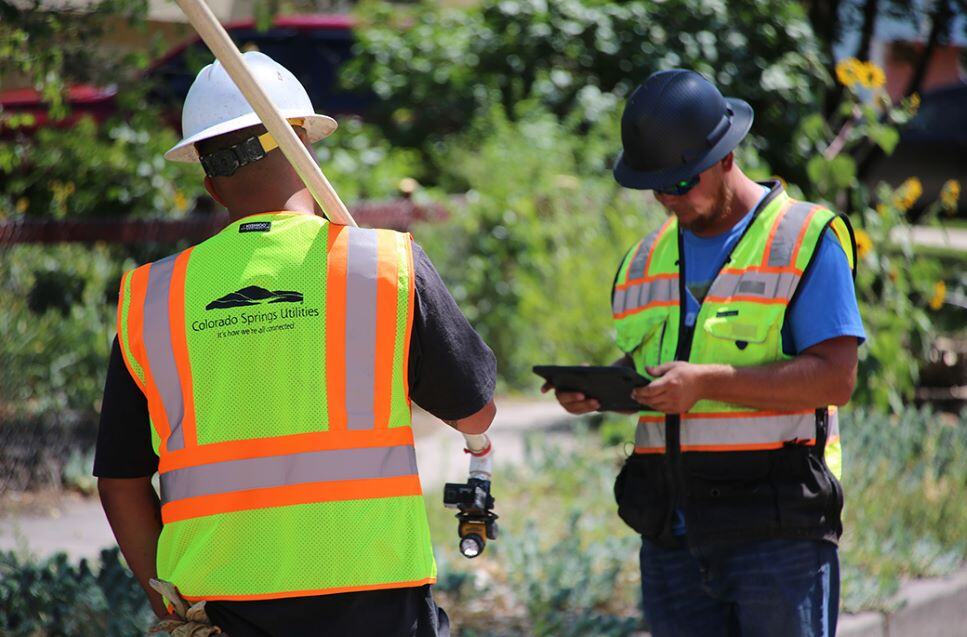
Read our latest news & updates
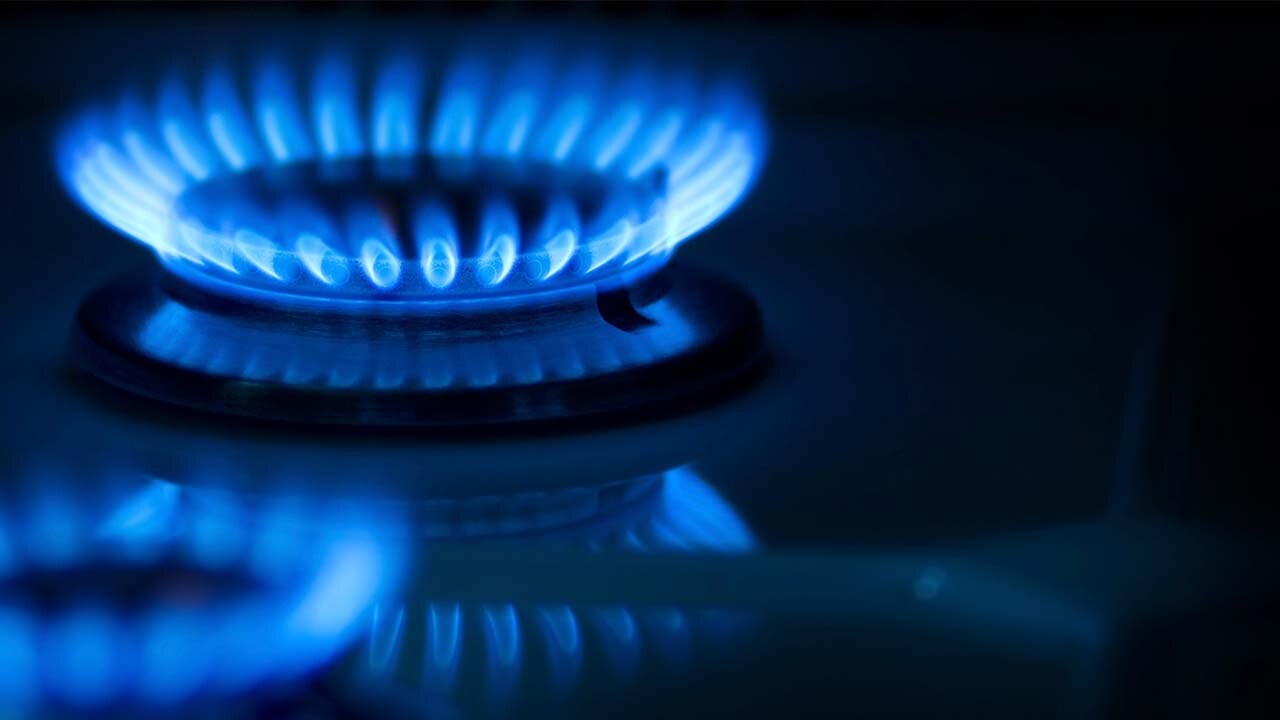
Blog
Local oversight of our Clean Heat Plan
Read now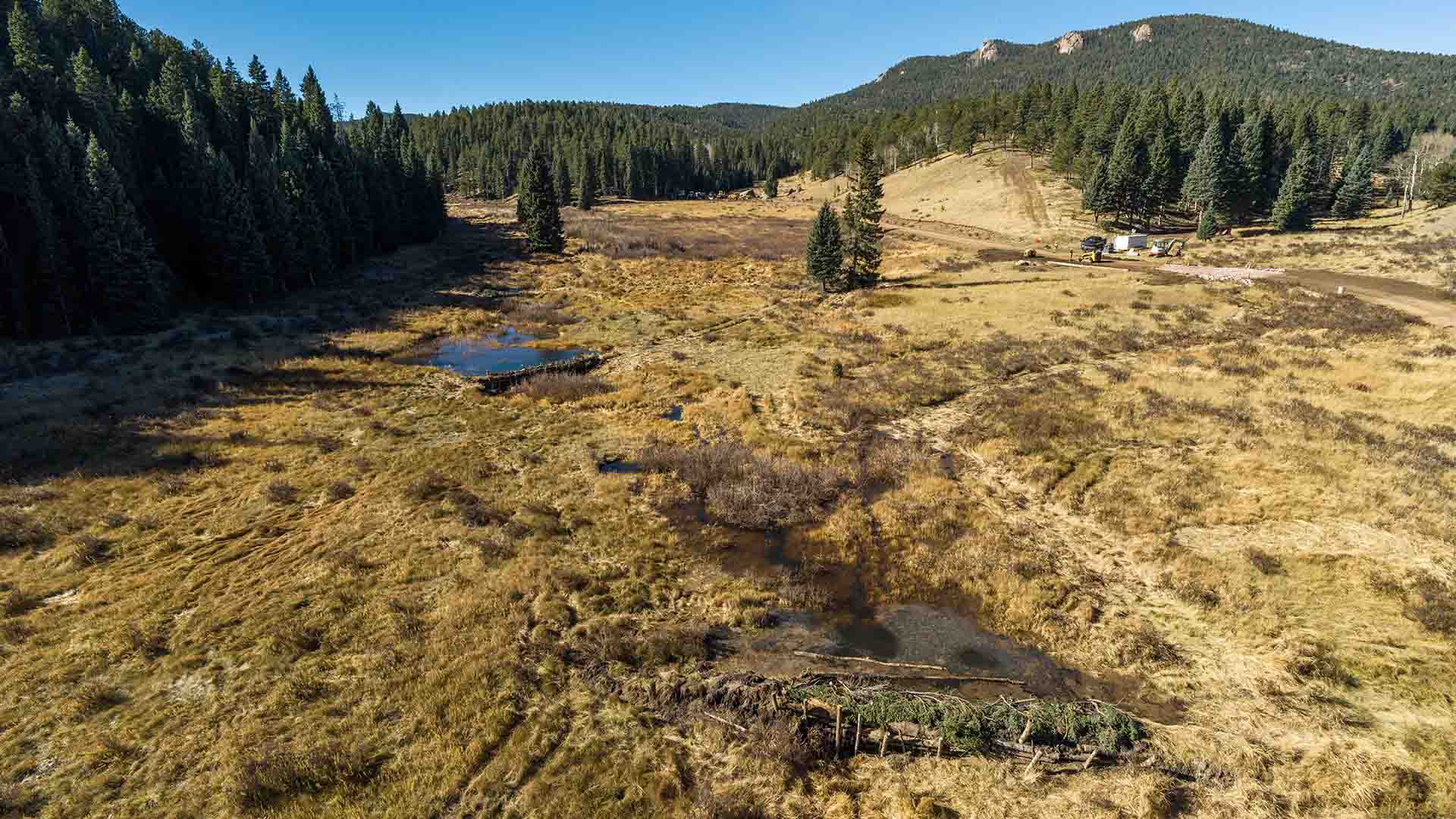
Blog
Low-tech restoration: Taking Notes from Beavers
Read now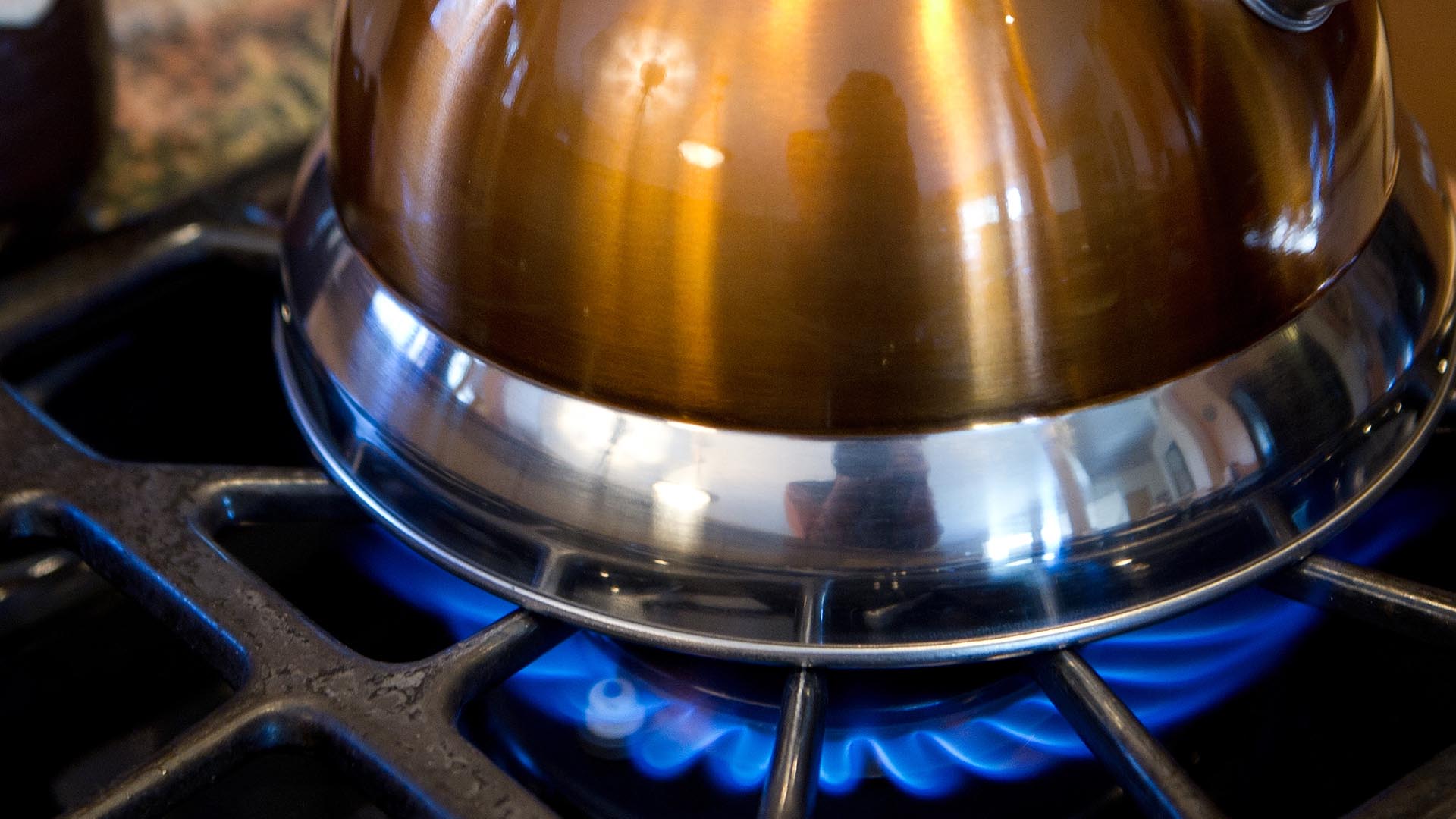
Blog
Natural gas agreement locks in lower prices
Read now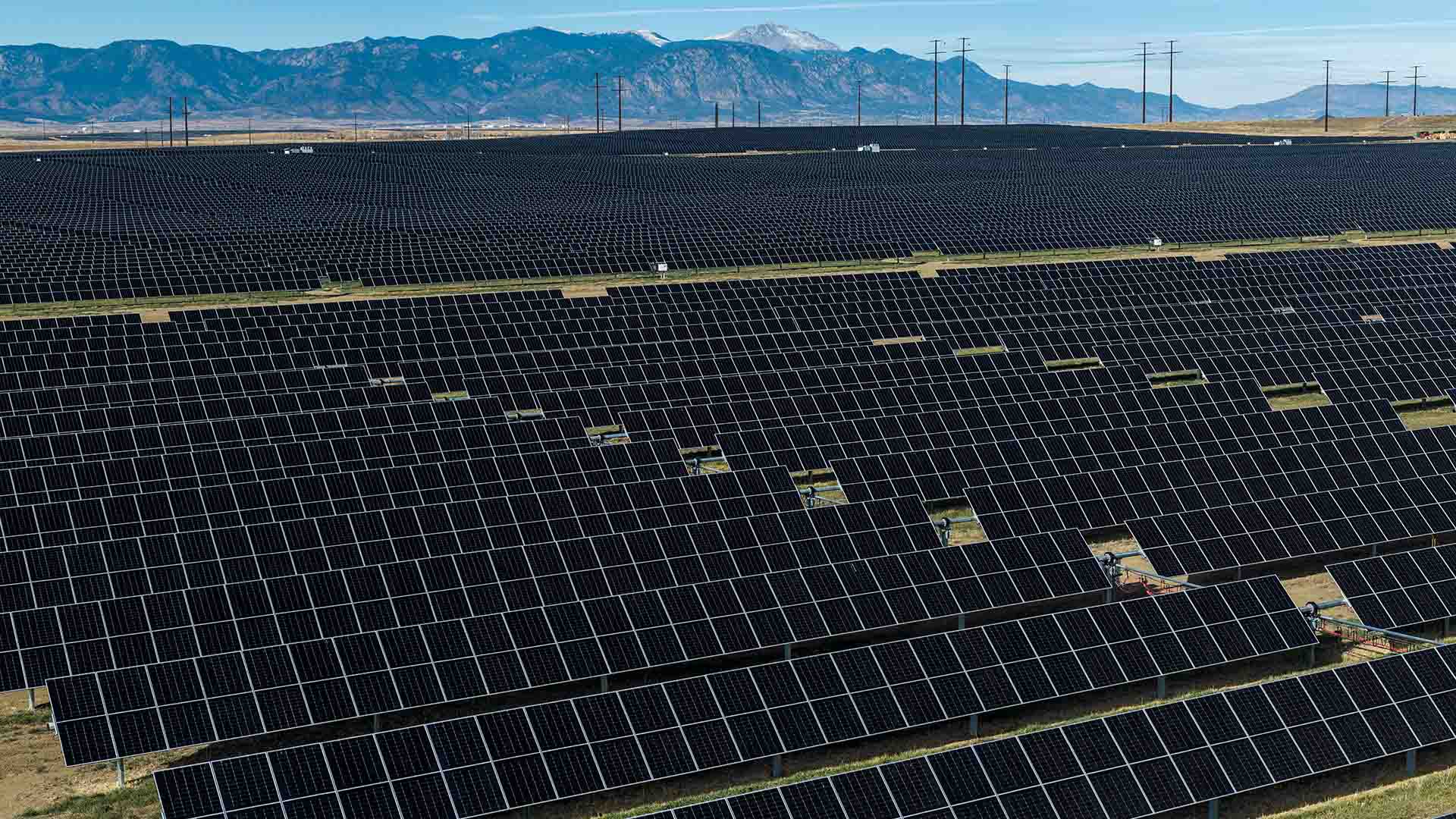
Blog
Charting a smart, affordable and reliable energy transition
Read now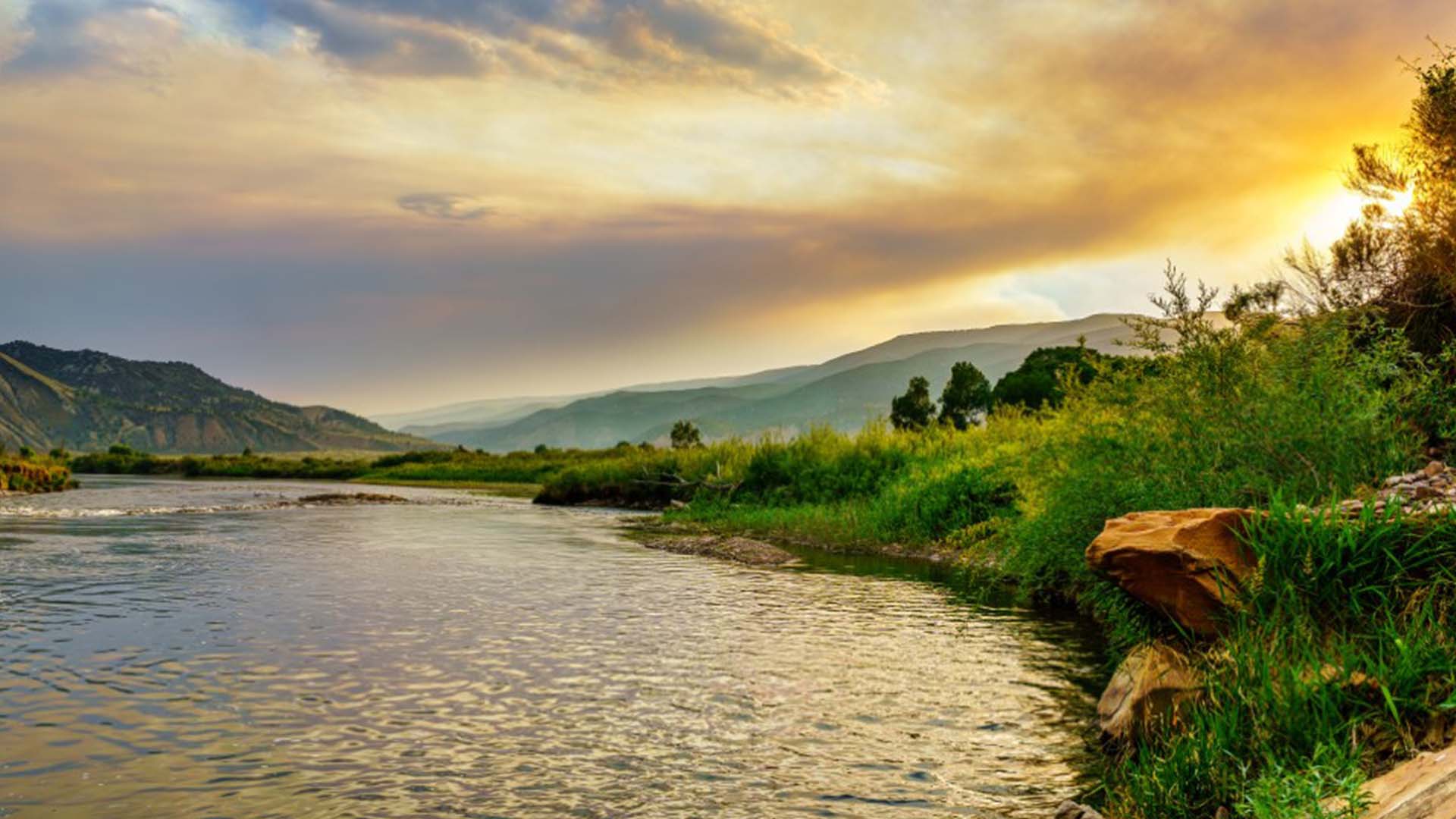
Blog
Colorado holding firm on Colorado River negotiations
Read now
Blog
Carbon monoxide: Your safety checklist
Read now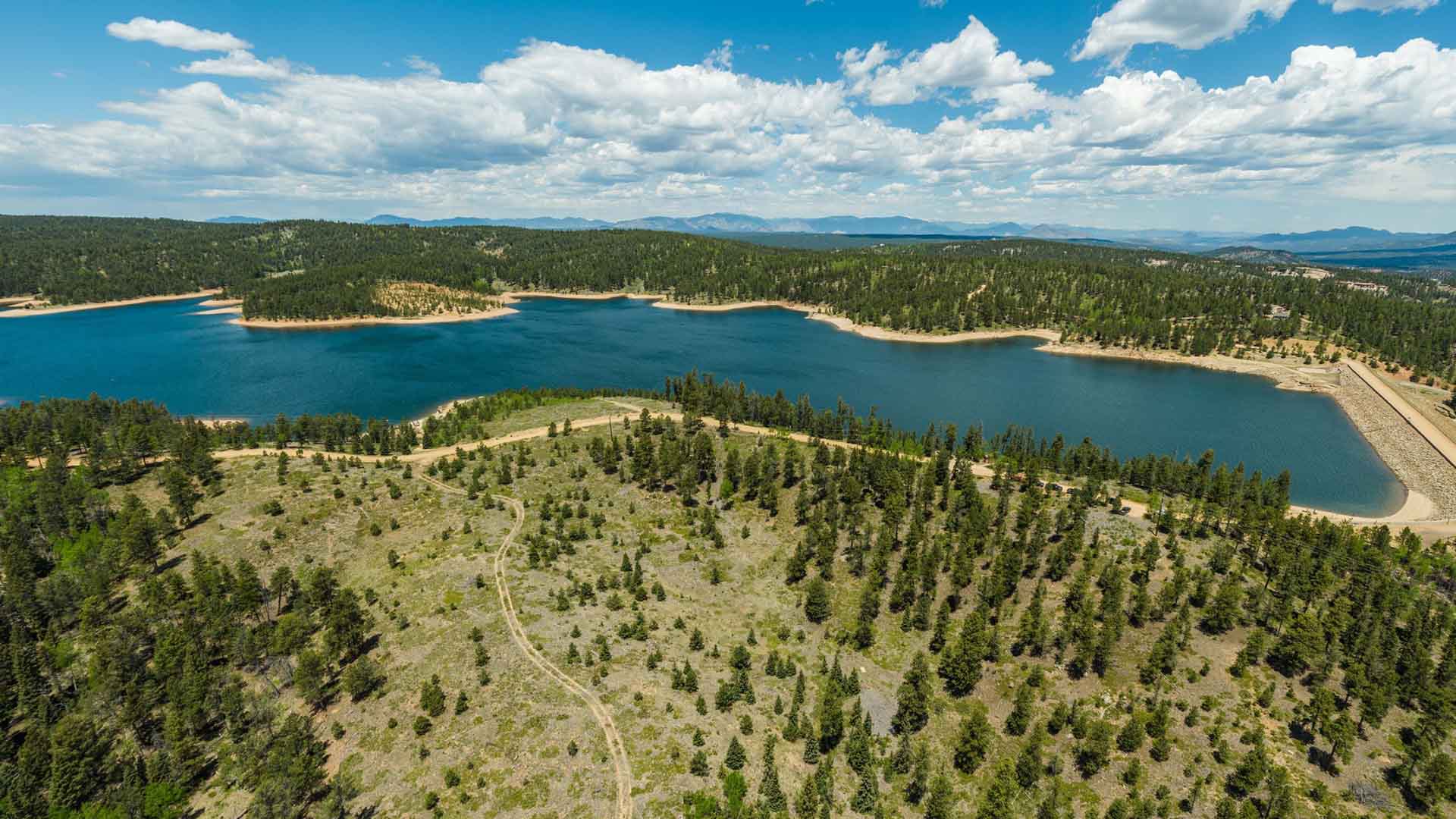
Blog
Last chance to weigh in on Pikes Peak NSRA recreation study
Read nowColorado Springs Utilities
It's how we're all connected
